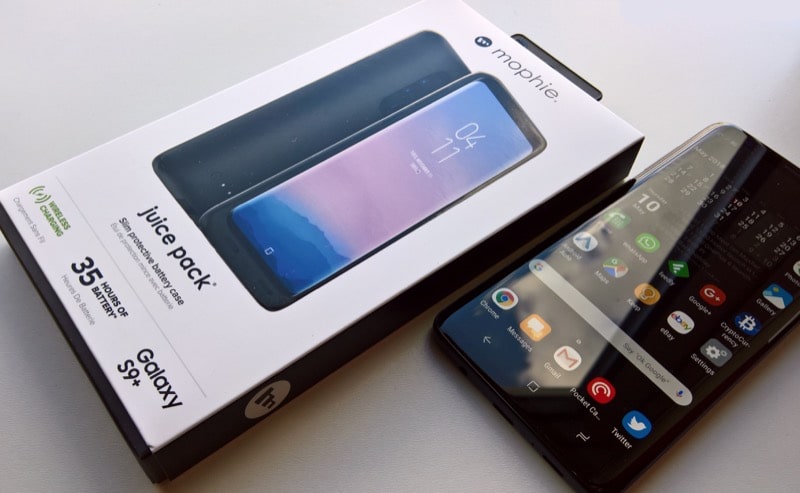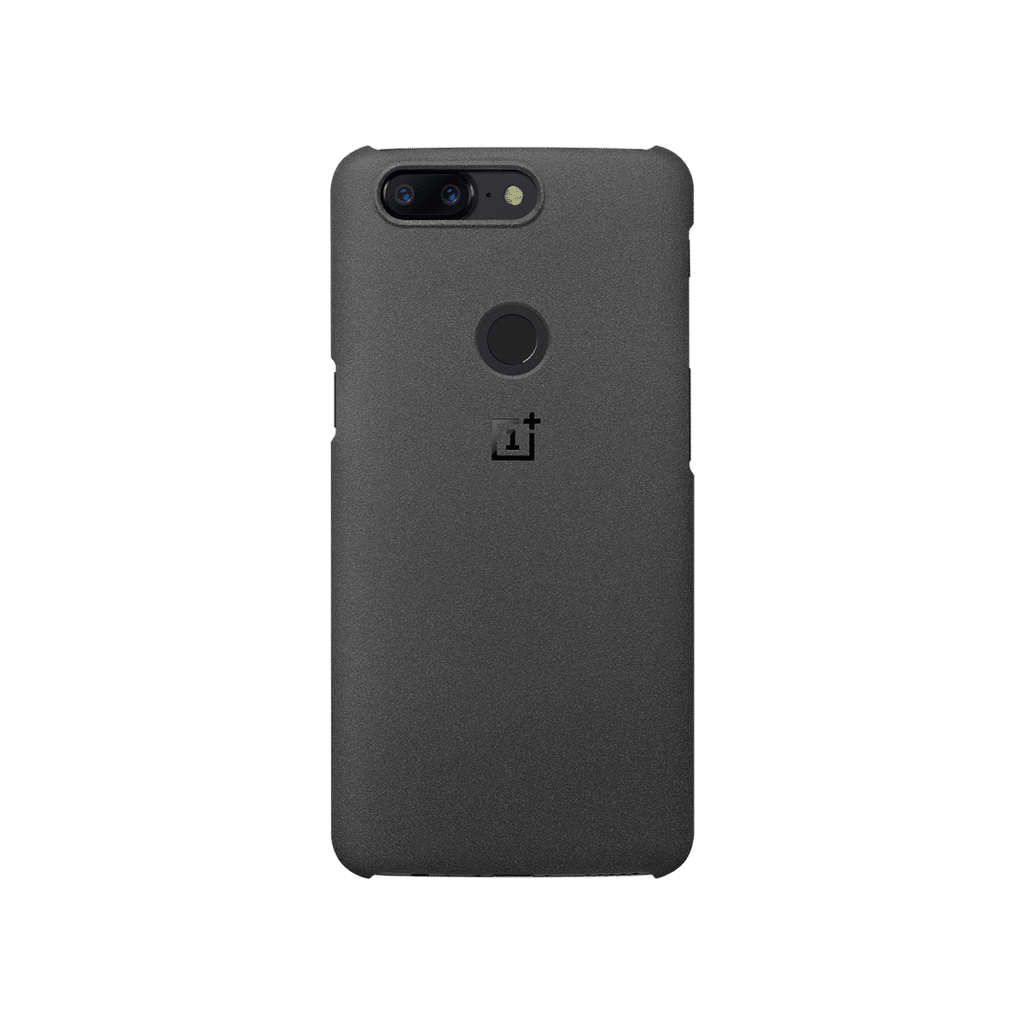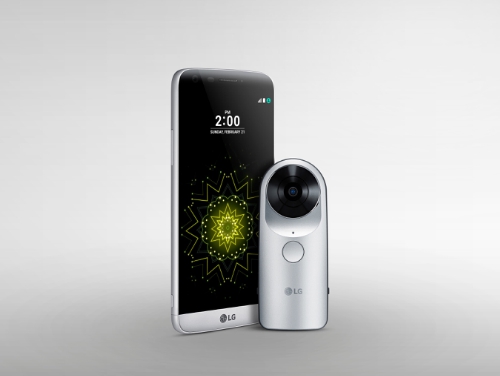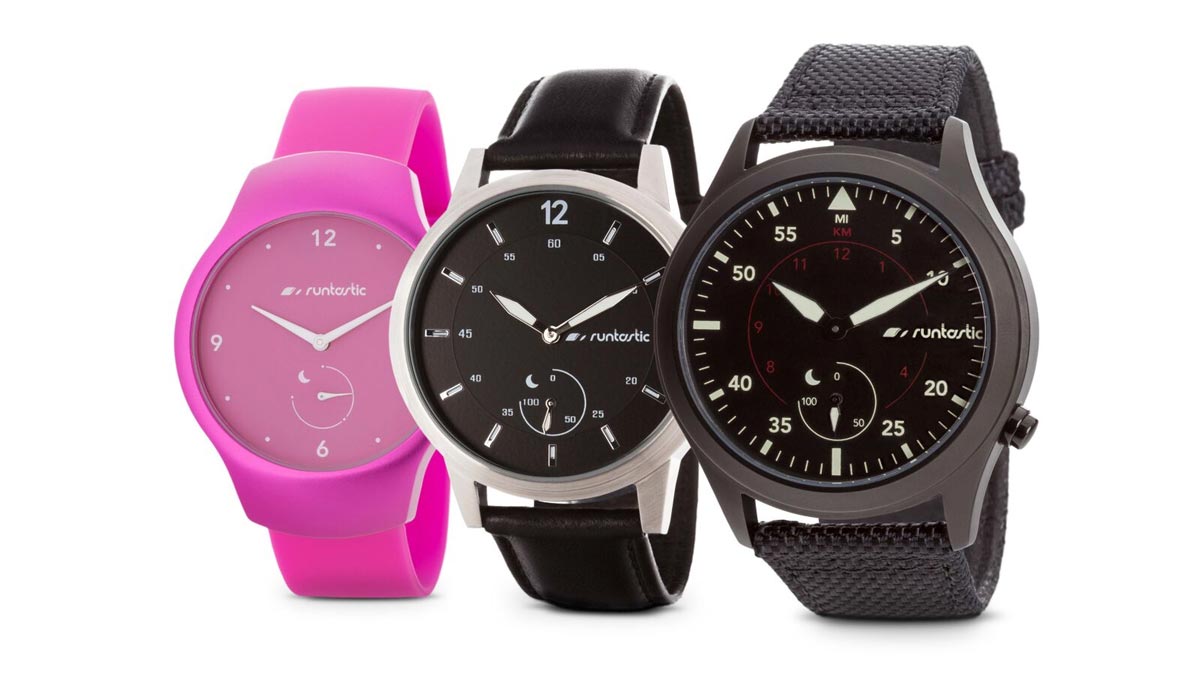We don’t apologise for the wealth of smartwatch coverage on Android Beat recently – with smartphones themselves plateauing to a degree, the next big usability enhancement is to take some of the more mundane things you do with your phone and put them on your wrist, on a watch. Dating from a couple of years ago, the Pebble is the best known and most successful smartwatch in the world, but it’s a rapidly expanding area and you’ll have detected a lot of enthusiasm from Rita and I for Android Wear – so roll on a direct comparison!
In fact, for the purposes of comparison, I’m going to look at the Pebble Steel, the more expensive of the two Pebbles, not just because it’s newer but also because in terms of look and size it’s the closest match to the LG G Watch, which I reviewed here. There’s also a cheaper/older Pebble, all plastic – which has its fans, though it’s not included in this particular comparison.


LG G Watch and Pebble Steel, both in black leather trim! Note that the G Watch’s faux leather was a third party (standard) strap, fitted by the person supplying the watch for review).
| Pebble Steel | LG G Watch | |
| Date launched | January 2014 | June 2014 |
| Price | circa £145 (depending on exchange rate to your country!) | £150 |
| Form factor, materials, weight | Matt-finished (in the black version here) steel chassis, Gorilla Glass over the display, 56g | Metal chassis, plastic front/back, capacitive touchscreen with Gorilla Glass, larger and heavier at 63g |
| Display | Very low power transflective LCD (a backlight is only needed for a few seconds, when needed, at night). The Pebble’s use of e-ink is actually a myth – there is some power drain while turned on. Superb visibility outdoors – in fact, the brighter it is, the better visibility and contrast get. | Backlit LCD, beautiful and colourful indoors, but no polarisers or other daylight visibility aids, hard to read outdoors without massively compromising battery life by artificially cranking up the brightness (in Settings). |
| Connectivity | Bluetooth 4.0 LE | Bluetooth 4.0 LE |
| Controls | Back/backlight button (left) and Up/OK/Down buttons (right) | Full-face touchscreen, no buttons (not even for power/display). Display can be taken back to ‘always on’/standby by placing the palm of a hand over the whole screen – this doesn’t always work very reliably, though is a nice idea in theory. |
| Interface | Full face notifications/time (for example) most of the time, with the user drilling down into detail with the ‘OK’ button. Notably, new content (e.g. a text, email, instruction) appears automatically and persists for a few minutes, with no intervention needed by the user | The last notification or content is summarised on the ‘always on’ display, tapping the screen brings up the more colourful version (complete with appropriate background) and swiping left often brings up more detail (as appropriate) or perhaps the option to navigate to the place or open more information on the connected smartphone. Overall, lots of swiping needed. Which may or may not be a problem, depending on your use case! |
| Applications | Both watchfaces and (a maximum of eight, at a time) genuine applications can be loaded via a dedicated utility/Store application on either Android or iOS. Apps vary in complexity, but include the usual contenders like Evernote, RunKeeper and Nav Me, with the flexibility that they can come to the foreground when needed automatically. | As with the Pebble Steel, applications, loaded from the Android Wear host utility on the phone and limited only by storage memory, are relegated in the interface to the bottom of a main menu, in this case accessed by swiping up from the Google Now search screen. However, they also be accessed by using voice, e.g. “Start Compass”, which is handy, if possibly impractical sometimes. The presence of a colour screen should, in time, lead to more ambitious applications than on the monochrome Pebble. |
| Audio in/out/alerts | Vibration, plus RGB LED system (only showing charging status currently, though you can imagine developers accessing this to do more) | Vibration on some new notifications, but not all cards. Audio in, via microphone – some local recognition, anything tricky passed through to Google Now on the smartphone. |
| Battery capacity, charging | Around 140mAh, charged through a proprietary cable that plugs into any USB port. Charging takes about half an hour, depending on source. | 400mAh, charging via a supplied docking station with microUSB input (wall power adapter supplied). Charging takes about an hour. |
| Battery life | Most users are getting around a week of use per charge, so a quick top-up each weekend is practical. | Depending on usage pattern, battery life varies between less than a day and a couple of days – expect to charge it each night to be on the safe side. |
| Durability | 5 Atmospheres pressure (5ATM), fully dust and waterproof, with no open ports, usable at 50m (i.e. diving) for 30 mins | IP67-rated, also sealed, 1m of still water for 30 mins |
| Straps | Two supplied, one ‘genuine leather’, one metal clasp-based (made in aluminium). The fitting is custom (though 3D models are available on the Pebble web site to allow strap makers to design), with a tiny screwdriver supplied to retract the proprietary strap pin. | One (very nicely finished) silicone strap. The fitting is standard (i.e. third party straps can be used). |
It’s a little misleading in a sense to call the G Watch itself ‘the future’. As intimated in my full review, Android Wear may well be a glimpse into the future of information on our wrists, but the G Watch hardware is very definitely ‘first generation’ and imperfect.


The most obvious difference in the hardware, other than size – the performance in sunlight, outdoors…. this is with the G Watch in ‘always on’/standby mode, ‘showing’ just the time and last notification.


…and again, this time with the G Watch set to maximum active brightness (‘6’) and the screen just tapped…
In contrast, the Pebble Steel is a second generation refinement on its original concept and it shows, in every aspect of its construction and fittings. (Not to mention the amount of refinement that the original Pebble was subject to in its extended Kickstarter campaign, back in 2012.) It’s also clearly the more polished of the two offerings in terms of real world usability, out and about, in terms of battery life, visibility, information persistence, and cross-platform support (some people do use iPhones, you know!)


Deep in Settings on each watch, here again back indoors in a normally lit room…
However – and you just knew this comparison was going to come down to a caveat of some kind – the Pebble Steel is 95% the way through what’s possible with its hardware and OS, while Android Wear is just getting started (hey, it’s still in beta) and so is the one to watch in the upcoming few years. Android Wear already looks like a 2014 interface and its stability and functionality will only get better as Google completes the project and develops it further. Moreoever, LG, Samsung, Motorola and other manufacturers will create Android Wear smartwatches with better displays outdoors, better battery life, smaller bezels and better looks.
The G Watch then, gives a glimpse of the future, and a very welcome one – but as I head out into the sun in sumer 2014, I’d still much rather have the reliability of the Pebble Steel on my wrist.
Your comments welcome, of course!



















